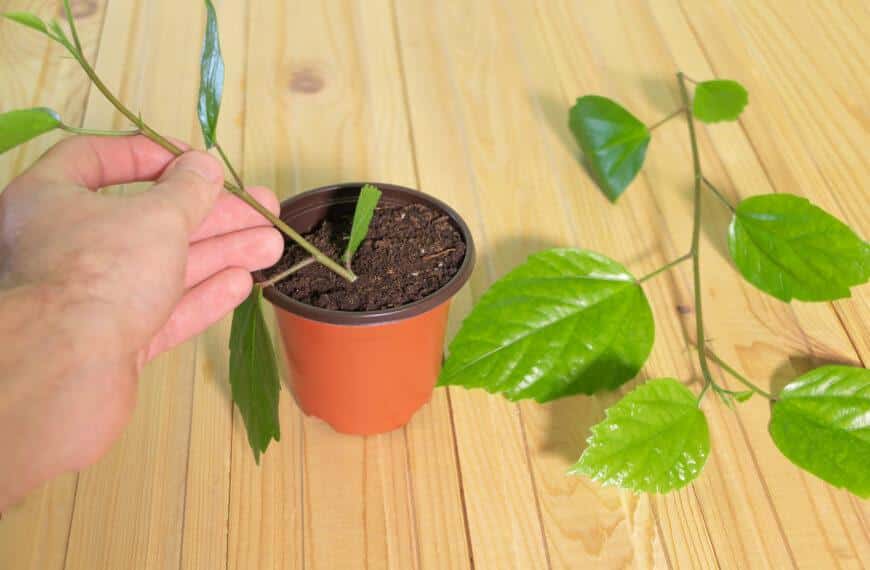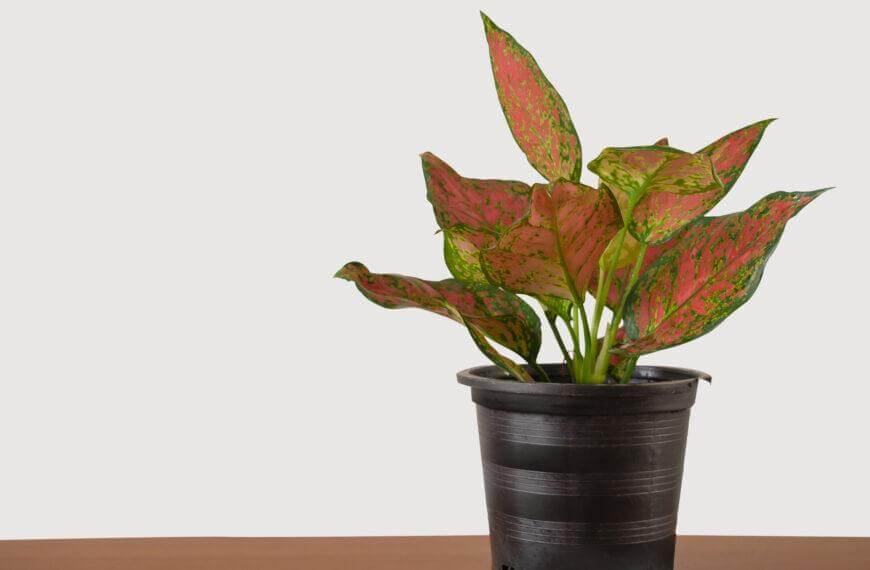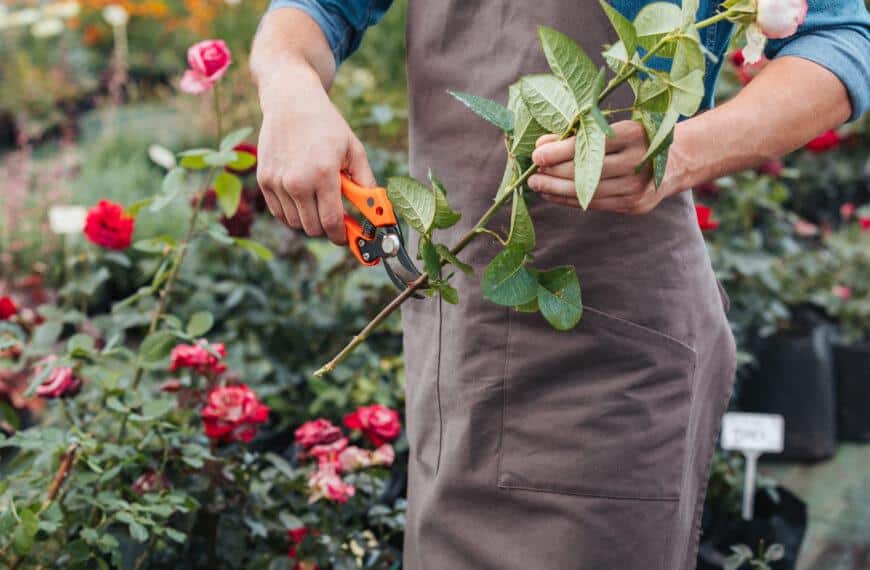Introduction to Small Space Indoor Gardening
Gardening in a small home or apartment can be tricky. But, with Small Space Indoor Gardening, it’s possible to enjoy a green respite from city living.
Vertical planters can make use of wall space and terrariums add greenery that’s easy to maintain. Hanging planters save floor space and bring beauty and practicality together.
Natural light, temperature, and plant choice are key for success. Low-maintenance succulents or air plants are great for beginners.
Small Space Indoor Gardening offers solutions that let you bring greenery into your tiny abode, without sacrificing style or space. So, don’t give up your green thumb dreams, just get creative!
Creative Solutions for Tiny Homes and Apartments
To maximize the potential of your small living space, try out creative solutions for tiny homes and apartments by incorporating an indoor garden. In this section, “Creative Solutions for Tiny Homes and Apartments,” we will explore various ways to cultivate greenery in a limited area. Using vertical space, growing plants in containers, utilizing small indoor garden kits, creating a miniature herb garden, and incorporating hydroponic systems are some of the sub-sections we will delve into to help you bring the outdoors inside.
Using Vertical Space for Plants
Who needs a garden when you can have a mini jungle in your tiny home? Let’s get container gardening! Plants are perfect for creating an atmosphere of serenity and beauty. To utilize minimal floor space in a tiny home or apartment, maximize vertical space with plants.
- Hanging baskets and suspended pots are great for utilizing vertical space in areas with few surfaces.
- Wall-mounted planters can add color and texture without sacrificing floor space.
- Bookshelves can also do double duty by displaying potted plants alongside reading materials.
Not only do plants look great, but studies show they reduce stress and improve air quality. My friend had affixed wooden planks on her small apartment walls, adding mini pots of bamboo stems, ivy, and other tangle-free houseplants. All these greenery pieces were placed above eye level on shelves. I was impressed by how nature could positively impact one’s well-being while serving as decorative features.
Growing Plants in Containers
When it comes to cultivating an indoor garden, containers are the go-to! Growing plants in small spaces is a great way to make use of a tiny home or apartment. Here’s a guide to help you:
- Choose the perfect container.
- Pick the right soil mix.
- Select your plant species. Some popular choices are herbs, succulents, and flowers.
- Provide light and water appropriate for the plant.
Grouping plants with different sizes and heights can give your space a cool look.
Did you know that indoor plants not only look nice but also have health benefits? They clean the air and help reduce stress.
Growing plants can be therapeutic! My friend had a great idea – she grew microgreens on her windowsill and had fresh greens all year round without leaving her tiny apartment.
Why not try growing some herbs or greenery to spruce up your living space? Get creative and see how you can turn your home into a green oasis! Who needs outdoor space when you can have a jungle inside your studio apartment?
Utilizing Small Indoor Garden Kits
Indoor garden kits are a great way to add greenery and freshness to tiny homes and apartments. They come in different sizes and shapes, from tabletops to vertical gardens. Plus, they need minimal maintenance and are super convenient. Using them brings natural air purifiers, reducing pollution indoors. And they can elevate the aesthetics of interiors too.
Interior plants even have mood-boosting effects on human psychology, improving mental wellbeing.
For tiny homes or apartments that lack outdoor space, indoor garden kits are the ideal way to keep greenery alive. They offer both functional and aesthetic benefits, helping maximize the usage of space while creating a beautiful environment. Small indoor garden kits make a huge impact without being too overpowering. They allow you to incorporate biophilic designing elements into living spaces without going over the top.
Bring nature indoors with planters that match any decor style. Make use of small spaces with vibrant greens and breathe new life into mundane interiors. Even if your tiny home is tiny, you can still have fresh herbs to spice up your meals!
Creating a Miniature Herb Garden
Want to elevate your living experience in a small space? Grow a mini herb garden! It’ll bring greenery, freshness and flavour to your apartment. Here’s a 3-step guide:
- Choose the location: Sunny spot near a window or under grow lights.
- Select herbs: Chives, thyme, basil or parsley.
- Potting: Containers with drainage holes, pot soil mix and water frequently.
Benefits:
- Freshly picked herbs
- Aesthetically pleasing & calming scentscape
- Mood-boosting
One friend started a pandemic patio garden and said it was therapeutic. Who needs a backyard when you can have a living room hydroponic garden? Get your green on!
Incorporating Hydroponic Systems
Innovative Ways to Cultivate Crops Indoors!
Hydroponic systems are the latest trend in indoor farming. These systems allow individuals to grow food and herbs without soil; simply using water and nutrients.
Look at this table for more details:
| Column 1 | Column 2 | Column 3 |
|---|---|---|
| Water | Nutrients | Temperature |
| pH balance | Lighting | Humidity |
Benefits of this method include minimizing environmental impacts, providing access to fresh produce, eliminating pesticides and improving air quality.
Why not have a flourishing garden right in your apartment with hydroponics? Give it a try and experience a healthier lifestyle in your home. But don’t forget, if you want to be a full-time plant parent, make sure you have enough time for tending to your garden, or else you won’t have time for a social life.
Choosing the Right Plants for Your Indoor Garden
To successfully curate your indoor garden in small spaces, you need to carefully select plants that will thrive in your environment. Choosing the right plants for your indoor garden with low-light plants for small spaces, plants that thrive in humid environments, and easy-to-maintain plants for busy individuals will ensure that your garden flourishes.
Low-Light Plants for Small Spaces
Low-Light Plants for Compact Areas! Thinking of sprucing up your small indoor space? Consider these six suggestions: Spider Plant, Pothos, ZZ Plant, Dracaena, Ficus Tree and Snake Plant!
These plants are great for purifying the air of formaldehyde, xylene, benzene, trichloroethylene and more! But remember to factor in their growth rate, size, lighting requirements and maintenance needs. Also, make sure you provide the right humidity levels.
For dimly lit areas, under-cabinet lighting and LED grow lights can help supplement natural light. Lastly, don’t forget that some plants actually love humidity!
Plants That Thrive in Humid Environments
Five plants that adore moisture can easily be added to your indoor garden. These include: Peace Lily, Ferns, Spider Plant, Bamboo Palm, and English Ivy.
They love warm temperatures and indirect light, as well as moist soil and consistent watering.
For an optimal climate, try placing a humidifier nearby, or creating a mini greenhouse with a tray of pebbles and water. To get the best results, maintain a humidity level between 50-60%, and ensure there’s adequate air circulation around them.
Now is the time to enjoy these gorgeous plants! Start growing them today!
Easy-to-Maintain Plants for Busy Individuals
https://houseplantharmony.com/indoor-gardening-for-wellness-stress-relief/Indoor gardening is a great hobby for busy people! Keep plants in your home for a peaceful atmosphere and clean air. Here are some easy-care plants:
- Snake Plant
- Aloe Vera
- Pothos
- Spider Plant
- Bamboo Palm
- Ponytail Palm
These plants need occasional watering, indirect sun, and normal temps. Perfect for busy folk looking to start an indoor garden without too much fuss. Certain settings may affect growth or health. Check humidity, water, and temp. Also check for allergies.
Indoor gardening has been around since Medieval times. People believed ornamental plants had healing powers. Even if your garden’s small, treat your plants like VIPs – Very Important Photosynthesizers!
Tips and Tricks for Maintaining Your Small-Space Indoor Garden
To maintain a thriving small-space indoor garden, proper lighting and watering techniques, pest management strategies, soil selection and fertilization methods, and regular pruning and trimming are crucial. Enhance your gardening skills with these helpful tips and tricks as solutions for your indoor garden needs.
Proper Lighting and Watering Techniques
Grow your urban garden with the best nourishment! Master the art of providing the right amount of light and water. Here’s a 6-step guide to help you get perfect results:
- Check light needs: Different plants need different lighting. Find out if they need full sun, partial shade, or complete shade – then place them accordingly.
- Set up artificial lighting: Some indoor spaces don’t get much natural light. Use grow lights – the right distance away – to give your plants just the right amount.
- Know your plants’ water needs: Each species, pot size, soil type, and temperature has its own water needs. Do a finger test to check moisture levels before watering.
- Choose the right tools: Pick the right tools for effective hydration. Consider drip trays or self-watering planters when you’re busy.
- Keep a consistent schedule: Create a hydration schedule according to how active your plants are during different seasons. Watch out for evaporating drafts.
- Prevent moisture-related diseases: Mold, rot, mildew, and fungal infections love dampness. Invest in dehumidifiers or air-circulating tools.
Plus, never put pots with drainage holes on saucers – this causes waterlogging. Remember, improper watering kills more plants than anything else. Know the effects of light and water, and you can have a thriving plant haven all year round. Get the upper hand against pests!
Pest Management Strategies
For managing pests in your indoor garden, you need to take specific steps. This will help keep your plants healthy and help them grow.
- Include natural remedies like Neem oil and garlic to stop pests from entering.
- Clean the environment regularly for visible pests like spider mites, aphids and whiteflies.
- Encourage biodiversity – plant companion herbs like mint, basil and coriander alongside veggies to reduce the risk of pest invasion.
- Inspect your plants regularly to detect pests early and take action quickly.
- Use Integrated Pest Management (IPM) – combine various methods to make an integrated solution.
Different types of pests may target specific plants. Some pests may attack at specific growth stages, while others may be dormant in cold seasons. Track these details and treat each pest with targeted solutions.
- Quickly deal with affected areas using insecticidal soaps or horticultural oils.
- Put sticky traps around the garden to catch flying insects like fruit flies and gnats.
- A healthy growing environment plus basic management strategies will protect your mini-indoor jungle from unwelcome visitors.
- Choose soil and fertilizers carefully; you want your plants to have a green thumb, not a brown one!
Soil Selection and Fertilization Methods
Choosing the right type of soil and fertilization techniques is key for a healthy and growing small indoor garden. You must understand the different types of soil and their nutrient needs. Use a nutrient-rich potting soil with perlite or vermiculite to ensure enough nutrients for optimal growth. Consider the correct fertilizer for the plants you want to grow. Check out the table for the appropriate one. Note, over-fertilizing can damage growth. Limit it to two feedings per month. Opt for organic soil mixes for natural approach and excellent air circulation. Prune wisely!
Regular Pruning and Trimming
While pruning and trimming your small-space indoor garden, here’s a 6-step guide to remember:
- Identify which plants need pruning or trimming
- Gather scissors, shears, or secateurs
- Remove dead or damaged leaves, stems, and branches
- Cut back to desired size and shape to trim excess growth
- Monitor for new growth and repeat process as needed
- Dispose of trimmings to avoid spreading pests or diseases.
Don’t over-prune; it weakens the plant’s structure. Under-pruning gives an unwanted shape, hard to fix later. Research pruning methods for different plant species in indoor gardens. My friend learned an important lesson: timing matters in regular pruning. He over-pruned his lemon tree and it never produced fruit. Remember, you can use the pots for storage if your indoor garden dies…of regrets.
Conclusion: Enjoying Your Miniature Indoor Oasis.
Turning a small apartment or home into a green oasis is possible with the right ideas and effort. Find plants that fit your space, arrange light sources and make a watering schedule. It’s important to use planters with drainage systems to keep moisture levels right. Humidity trays and soil moisture meters can help too. Consider repurposing kitchenware and other household items for potting – it adds character! Keep learning from other plant enthusiasts. Sharon recently hosted a gardening event – she had wall-mounted planters and multi-tiered shelves. Her efforts were not only aesthetic but also improved air quality and her love for nature in her own home.
Frequently Asked Questions
Q: I live in a small apartment, can I still have an indoor garden?
A: Yes! There are many creative solutions for small space indoor gardens such as hanging planters, vertical gardens, and window boxes.
Q: What are some low-maintenance indoor plants for small spaces?
A: Spider plants, succulents, peace lilies, and snake plants are great options for small space indoor gardens because they require minimal care and attention.
Q: Can I grow herbs indoors in a small space?
A: Yes! You can grow herbs such as basil, thyme, and parsley in small containers on a windowsill or with a vertical gardening system.
Q: How much natural light do indoor plants need?
A: Most indoor plants require at least 6 hours of bright, indirect sunlight or artificial light each day. However, some plants such as snake plants and ZZ plants can tolerate low light conditions.
Q: How do I prevent pests in my small space indoor garden?
A: Regularly inspect your plants for any signs of pests and remove infected leaves or plants immediately. You can also use natural remedies such as neem oil or insecticidal soap to treat or prevent pests.
Q: Do I need special equipment to start a small space indoor garden?
A: Not necessarily. Basic supplies such as pots, soil, and plants are all you need to get started. However, you may want to invest in grow lights or a watering system depending on your specific needs and space limitations.




